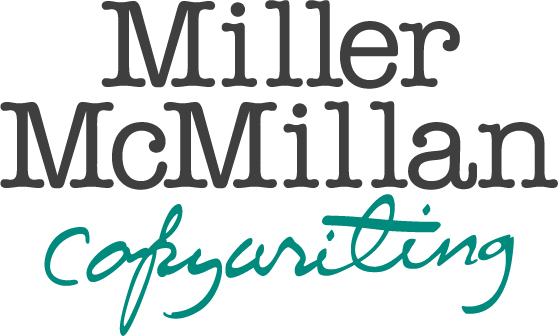Content has been around a very long time. Magazines and newspapers laid the groundwork years ago and continue to provide interesting and entertaining words and pictures. This is content in pure form.
Digital media has changed the landscape. Brands have taken things into their own hands, creating their own environments and customized messages.
This is branded content. It can engage, inform, entertain, endorse, and win customers.
How does it work?
Here's an example. If you are selling running shoes you might create an article or video about the best running trails in America and sign off with your company name. For a slightly more aggressive stance you might feature some of your footwear laced through the article with images and descriptions. You could even venture into related realms such as stretching, hydration, hiking and camping. The goal is to help your audience, show them you can walk (and run) in their shoes, and demonstrate that you care.
This is still selling, but it's a soft sell. The content is the message and your brand gets the unspoken byline. And you already "own" the media. That's convenient. You have multiple platforms for information, entertainment and connection.
Keeping pace
Content marketing makes great sense as part of an overall brand strategy. You can quietly promote your brand and cater messages to various audiences. But persuasion is still alive and well. Advertising and promotion have a firm place in the overall branding strategy. Telling and selling work beautifully together.
What just happened?
You just read an example of content marketing. I own the media environment (my blog). I created a soft sell intended to help my audience by explaining how content marketing works, and by demonstrating how to write and publish relevant content.
You can do this, too.
(c) Miller McMillan



